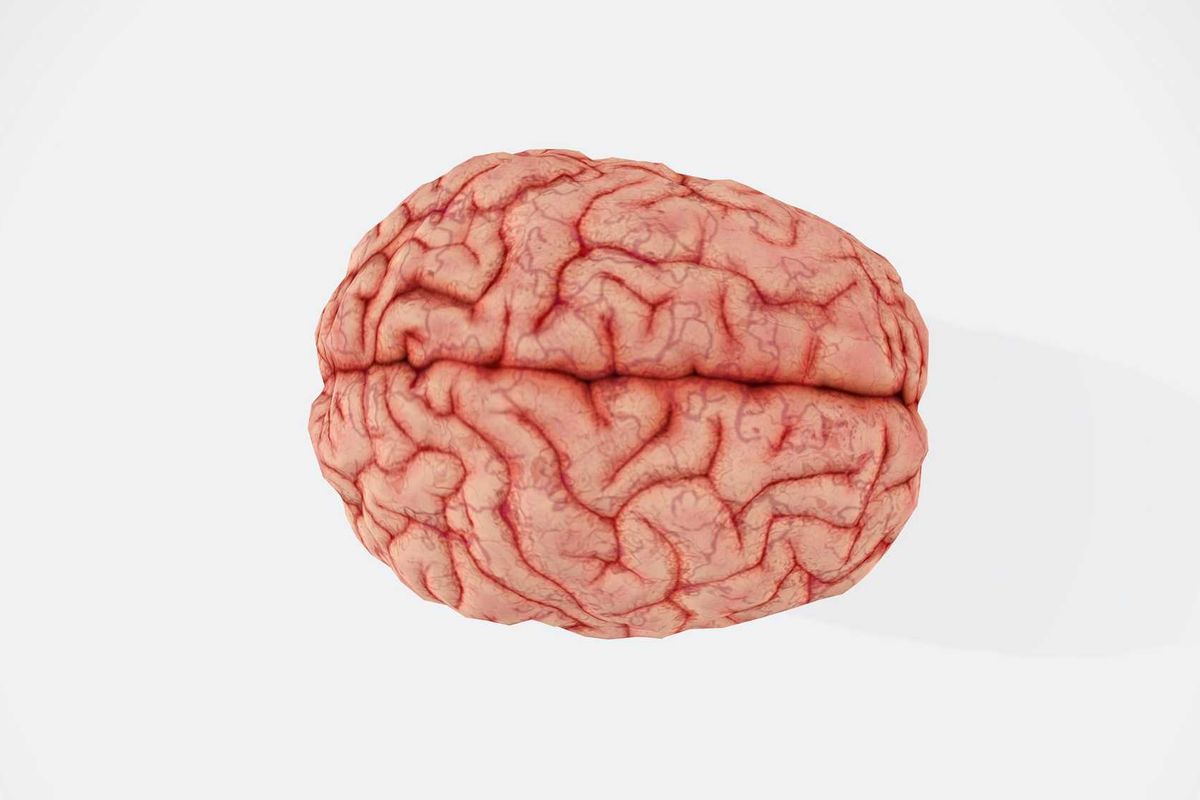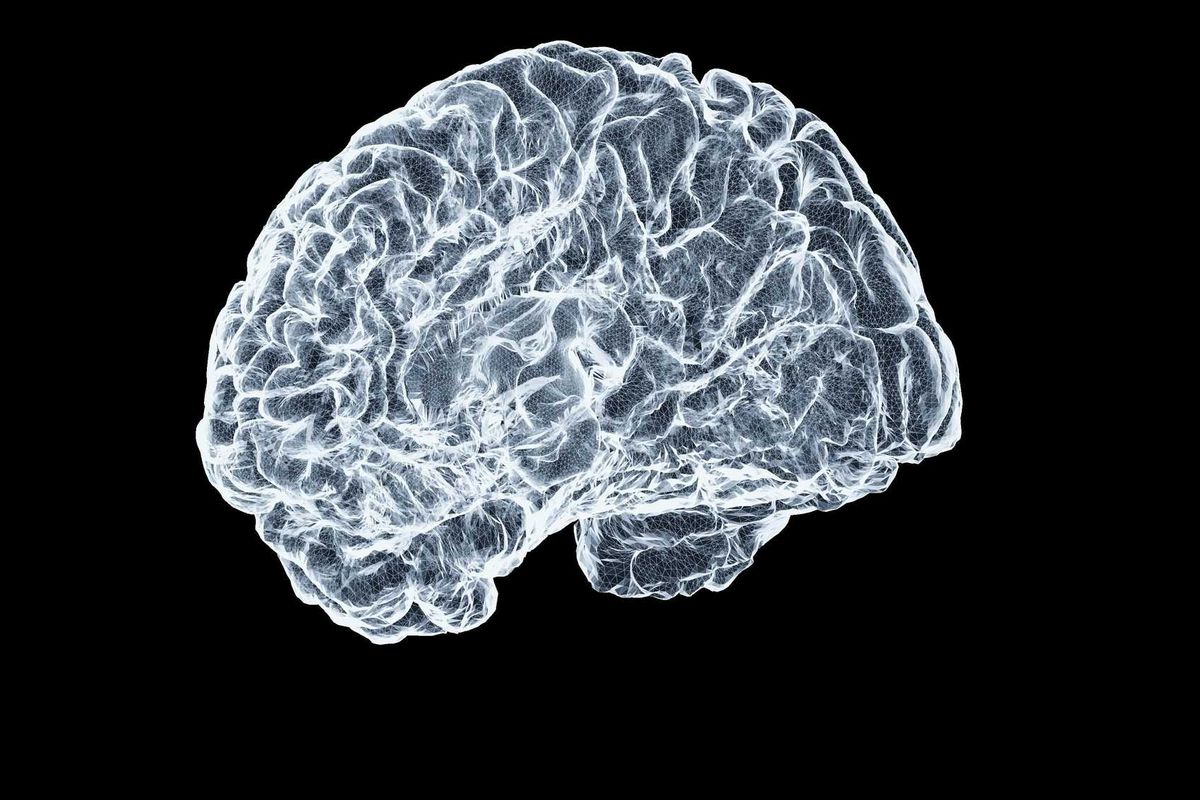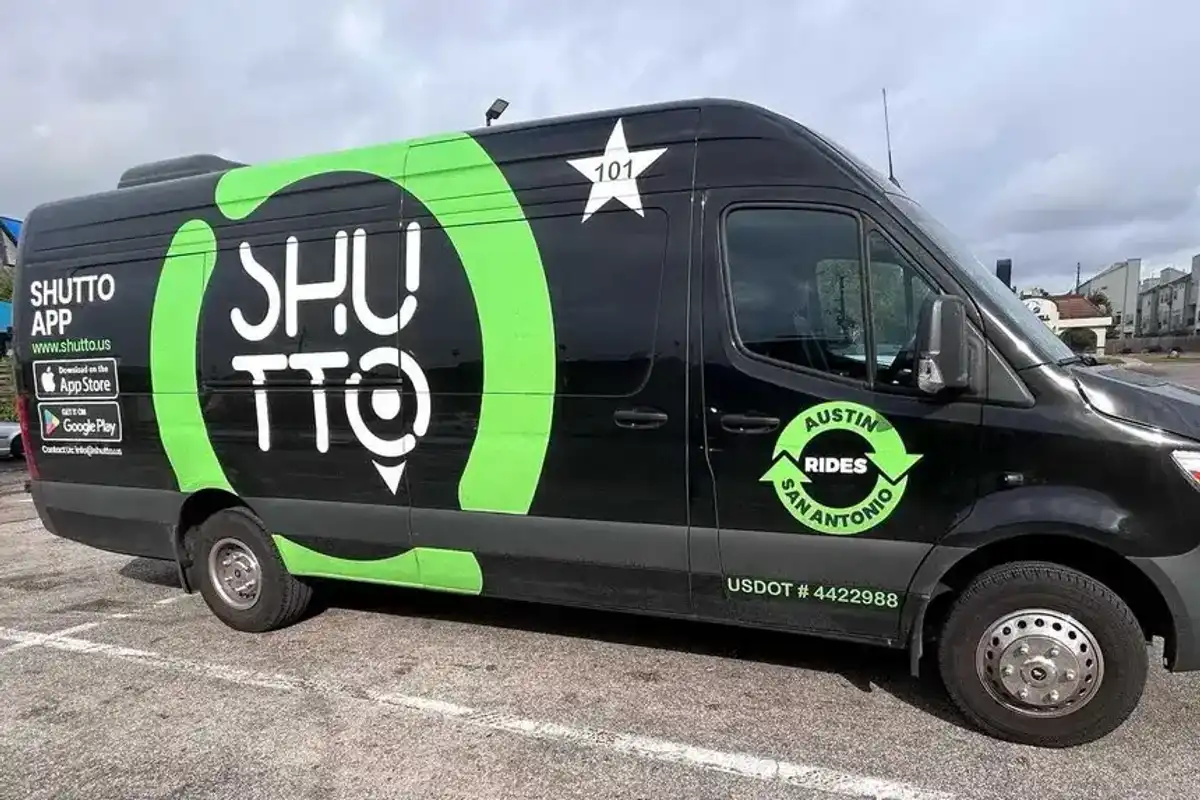Houston's Texas Medical Center wins prestigious global award recognizing leaders in life science innovation
new bling
Last month, a global organization honored innovation leaders in life sciences, and the Texas Medical Center was among the recipients of the prestigious awards program.
The 18th annual Prix Galien Awards Gala awarded TMC Innovation with the win in the "Incubators, Accelerators and Equity" category. The Galien Foundation created the awards program in 1970 in honor of Galien, the father of medical science and modern pharmacology. Alongside TMC, the other winners represented biotech, digital health, startups, and more.
"We are super proud of this distinction," Tom Luby, director of TMC Innovation says at Envision 2024 last month, crediting the TMCi team and TMC leadership for the award. "We lean on a lot of advisers and experts — people who volunteer their time to work with startups. Without (them), we would not have been successful."
Luby explains that a Prix Galien Award holds a Nobel Prize level of significance for the community.
TMCi was named a finalist in August, and competed against programs from Cedars-Sinai, Mayo Foundation for Medical Education and Research, TechConnect, and more.
"The Awards Committee is honored to witness the exceptional dedication and creativity of our nominees as they turn visionary ideas into transformative solutions for patients worldwide," says Michael Rosenblatt, chair of the Prix Galien USA Awards Committee, in a news release. "Their unwavering commitment to advancing patient care is truly commendable, and we are honored to celebrate their outstanding contributions to global health."
The award is displayed at TMC Innovation's office, located in the medical center at 2450 Holcombe Blvd.
- TMC Innovation hosts 12 life science startups for semiannual accelerator bootcamp ›
- TMC Innovation Institute leader leaves the organization ›
- TMC Innovation names 9 companies to its latest bootcamp ›
- TMC Innovation announces second cohort of promising Danish health tech companies ›
- TMC names latest cohort of health tech startups for upcoming bootcamp ›
- Innovation Labs @ TMC set to launch for early-stage life science startups - InnovationMap ›
- TMCi names 2025 HealthTech Accelerator cohort - InnovationMap ›





